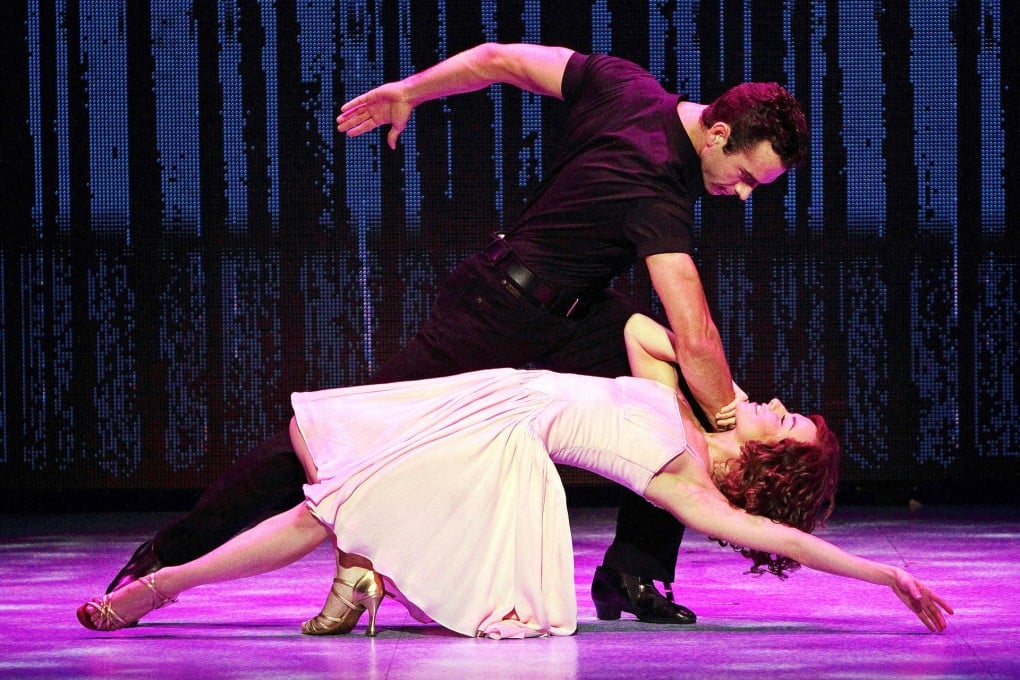Hit musical dances up a storm
Get ready to move, because hit musical 'Dirty Dancing' is coming to Hong Kong, says Victoria Finlay

Eight years ago, when an Australian producer decided to make a stage version of the 1987 blockbuster Dirty Dancing, one thing was clear: there was to be no meddling with the story.
"Many women grew up with Dirty Dancing and it gave expression to all their feelings about coming of age," says resident director Alan Swerdlow, who will be bringing the show to Hong Kong next month. "I watch members of the audience chant the lines with the cast, they know them so well. And when it gets to where Johnny says, 'Nobody puts Baby in the corner', the entire audience is saying it."
The Dirty Dancing story, for those who haven't seen it, revolves around a teenager, Frances (whom everyone calls Baby), who in the summer of 1963 goes to a holiday camp with her parents and sister, and is drawn to the dance crew who provide the evening entertainment. She gets herself invited to a secret out-of-hours dance party, where she watches her new friends dancing the mambo - the "dirty dancing" of the title.
Baby develops a crush on handsome dance instructor Johnny Castle (played in the film by Patrick Swayze). It seems at first that the two are from such different backgrounds that nothing could happen between them. But when Johnny's dance partner falls pregnant by one of the college boys, Baby is persuaded to train to take her place for a mambo performance in the town.
[Dirty Dancing] is not just about a teenager coming of age. It is also about America's coming of age
The stage production - which became the fastest-selling show in West End history and sold out for the first six months of its run before it had even opened in London - has every scene that's in the film. It also has three scenes which were later deleted, including one in which the company listen to Martin Luther King's "I have a dream" speech.